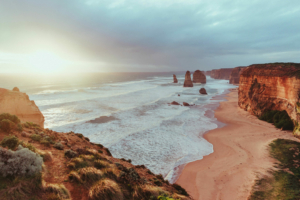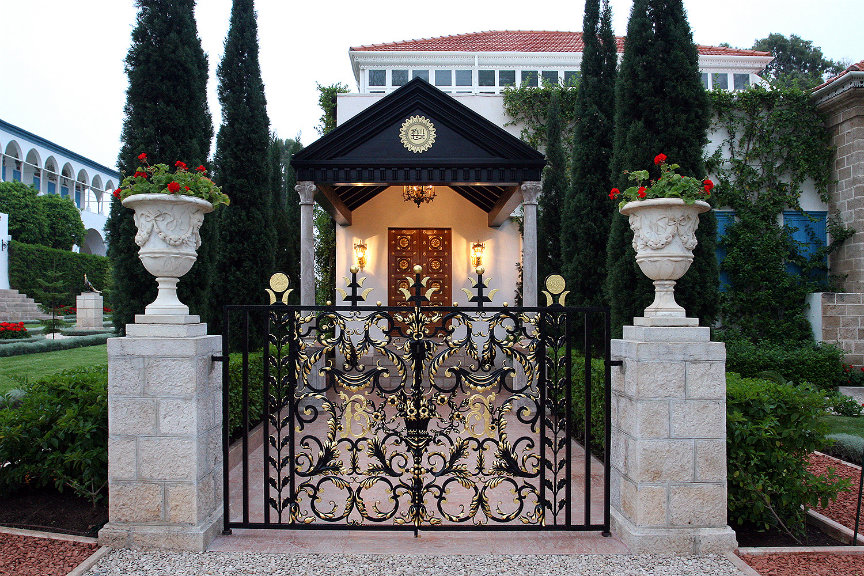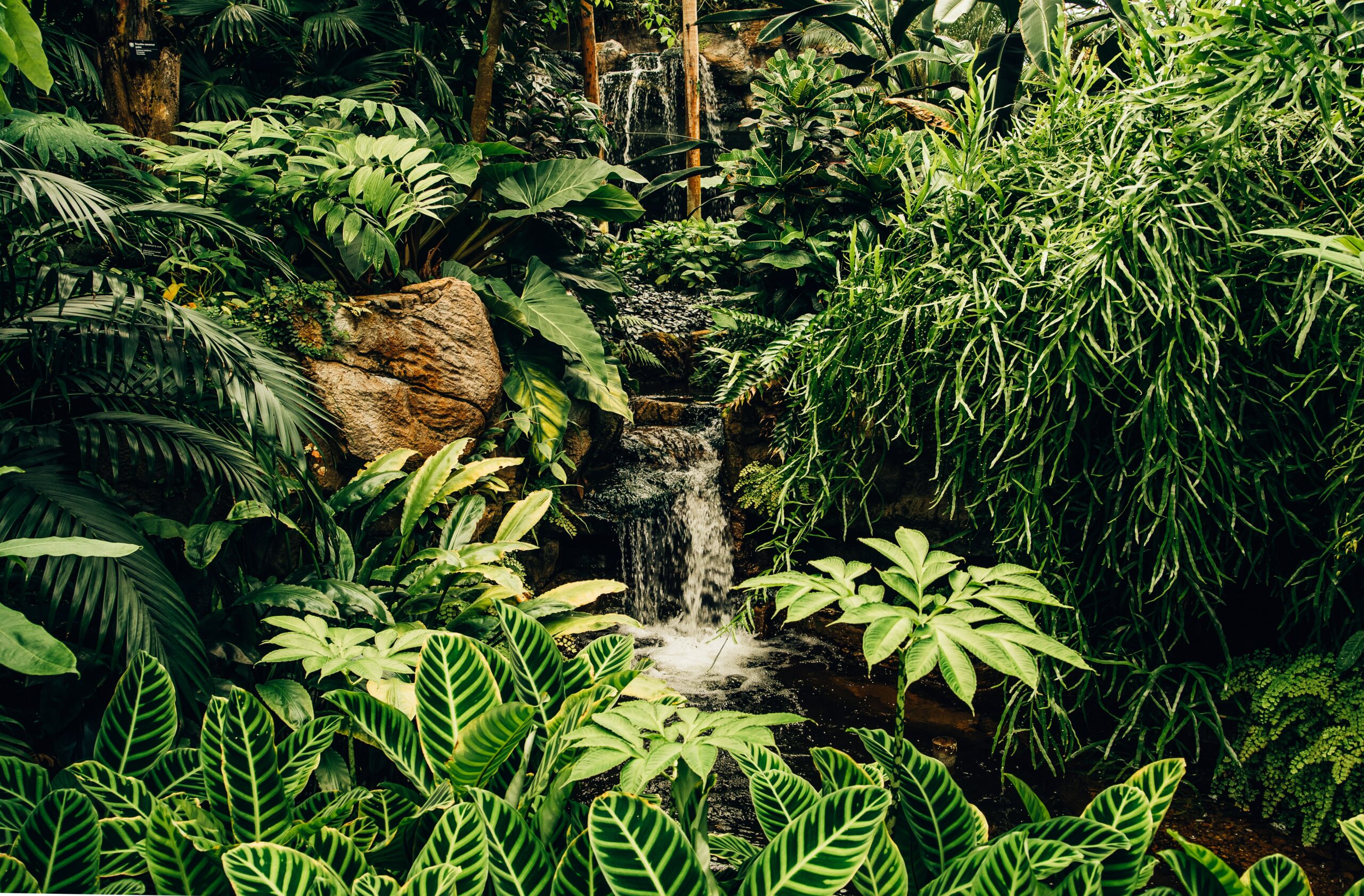Highlighting Australia
- As a proudly Australian initiative, we’re excited to showcase a collection of Australian stories, music, tributes and more.

Join activities, celebrations, study groups, spiritual empowerment and education programs for young people, and more.
Baha’i beliefs address essential spiritual themes for humanity’s collective and individual advancement. Learn more about these and more.

Featured in: Baha'u'llah and Ascension of Baha'u'llah
Baha’u’llah, the Prophet-Founder of the Baha’i Faith, passed away on 29 May, 1892. This holy day is commemorated by Baha’is all over the world and is known as ‘The Ascension of Baha’u’llah’. The final resting place of Baha’u’llah, the Shrine of Baha’u’llah, is located in Bahji (in present day Israel), and is the Point of Adoration to which Baha’is turn when reciting their Obligatory Prayer.

At the hour of dawn on May 29th in 1892, Baha’u’llah, “transcendental in His majesty, serene, awe-inspiring, unapproachably glorious”1, passed away in the Mansion of Bahji in what is present-day northern Israel. Shoghi Effendi describes the events that followed in God Passes By:
The news of His ascension was instantly communicated to Sultan Abdu’l-Hamid in a telegram which began with the words ‘the Sun of Baha has set’ and in which the monarch was advised of the intention of interring the sacred remains within the precincts of the Mansion, an arrangement to which he readily assented. Baha’u’llah was accordingly laid to rest in the northernmost room of the house which served as a dwelling-place for His son-in-law, the most northerly of the three houses lying to the west of, and adjacent to, the Mansion. His interment took place shortly after sunset, on the very day of His ascension.
Shoghi Effendi, God Passes By, p. 222
With His burial, the home of His son-in-law became the most precious spot, the holiest of places, for Baha’is all around the world – a place to which we turn to daily when we recite our obligatory prayers and which we aspire to visit as a pilgrim at least once in our lifetimes.
In the Kitab-i-Aqdas, Baha’u’llah revealed these words:
When ye desire to perform this [obligatory] prayer, turn ye towards the Court of My Most Holy Presence, this Hallowed Spot that God hath made the Centre round which circle the Concourse on High, and which He hath decreed to be the Point of Adoration for the denizens of the Cities of Eternity, and the Source of Command unto all that are in heaven and on earth; and when the Sun of Truth and Utterance shall set, turn your faces towards the Spot that We have ordained for you. He, verily, is the Almighty and the Omniscient.
Baha’u’llah, The Kitab-i-Aqdas, p.22
Efforts, however strenuous, have always been made to beautify the Most Holy Shrine. Dr. Youness Afroukhteh, in his rich and moving memoir Memories of Nine Years in ‘Akka, writes how the Shrines were beautified for holy days during the Master’s lifetime:
…flowerpots would be brought to the gate of Akka and placed there for the pilgrims. The exodus, then, began from that point as Abdu’l-Baha, not unlike a General in the field, walked sometimes in front and sometimes at the side of the columns, a flowerpot on His shoulder. Issuing instructions and commands as the march continued, this General of the hearts led the army of light toward its destination. The two or three pilgrims who had melodious voices chanted beautiful verses… Once the flowerpots were delivered at the Shrine, another prayer was chanted and then everyone would enter a room where tea and pastries were served and the friends had an opportunity to rest and perform their ablutions before entering the Shrine.
Youness Afroukhteh, Memories of Nine Years in ‘Akka, p.27-8
He also recounts:
To the custom of the carrying of flowerpots by the pilgrims from ‘Akka to the Shrine, which had been carried out with great pomp and ceremony and in an atmosphere of complete humility and lowliness, another practice had been added. This was the transportation of water in some one hundred copper jugs by the pilgrims and residents from nearby springs to the Shrine to water the flowers while reciting the divine verses and poetry. The spiritual state of the friends, and the atmosphere of devotion and attraction which dominated the scene had the strange effect on the onlooker. When Abdu’l-Baha held a jug of water on His shoulder as He stood before the Holy Shrine, signaling permission for the chanting of prayers, while the friends stood in reverent attention, such a heart-stirring scene was created as to cause the tears of the spectators to flow. Some even pleaded to be given jugs so that they too could share in the honour of pilgrimage by watering the flowers.
Ibid. p.109
As the Faith grows and develops, its holy places become increasingly beautiful. During his ministry, Shoghi Effendi greatly enhanced the surrounding areas of the Shrine of Baha’u’llah. Its sacred precincts (the grounds and nearby properties) were lawfully secured, lovingly restored and adorned with gardens. The Holy Court, also know as the Haram-i-Aqdas, was laid out into formal gardens that are divided into quadrants resembling rays emanating from the Shrine and the Guardian decorated them with ornaments, lights, and impeccable flower arrangements. The Inner Court, or the portico, was built. With its dazzling gilded chandelier, marble floor and stately oak doors with gold-leafed rosettes it lends grandeur to the Shrine. The inner sanctuary is a roofed garden with carpet covered paths where pilgrims can stand to pray and to glimpse into the holy of holies, the room where Baha’u’llah was laid to rest.2 All these elements “pave the way for the adoption and execution of preliminary measures designed to herald the construction in future decades of the stately, befitting Mausoleum designed to enshrine the holiest dust the earth ever received into its bosom.”3
The beauty of the Shrine and its surroundings is a reflection of the devotion and love of the followers of Baha’u’llah and the grounds are cared for by Baha’is of diverse backgrounds who volunteer their time and labour to maintain it. The work of these gardeners is a powerful metaphor of what we all strive to do daily – no matter how far we are from that blessed spot — as we weed out egotistical thoughts, prune and shear our earthly desires, and water our souls with the Word of God.
"*" indicates required fields

We recognise their continuing connection to land, waters and community. We pay our respects to Aboriginal and Torres Strait Islander people and their cultures; and to elders both past and present.
The views expressed in our content reflect individual perspectives and do not represent authoritative views of the Baha’i Faith.

Visit the site of the
Australian Baha’i Community
and the Baha’i Faith Worldwide
Notifications
I enjoyed Sonjels brief appreciation of the significance of the Mansion at Bahji. Perhaps a related post could sketch out its chequered history – the building of it and the struggles the Beloved Guardian went through to wrest the property back from the Covenant breakers and his efforts to purify and beautify the buildings and gardens.
Will Naylor (May 5, 2014 at 2:43 PM)
Ohhh this article about the more sacred pleace hit me very very deep!!!
Thanks very much for the publication!
Rodolfo tavarezrodolfo (June 6, 2014 at 5:22 PM)
Some Baha’is may take having access to the Shrine for granted, but we shouldn’t. The Master and the Guardian had to fight for 65 years (1892-1957) to get control of Bahji. The other side did almost all of the fighting, but the Faith ended up with complete victory. There is a wisdom in that story.
Frederick L. Starr (May 5, 2020 at 11:54 PM)
The significance of the Shrine of Bahá’u’lláh
Ḥaram-i-Aqdas not Hiram-i-Aqdas
Mike (May 5, 2020 at 9:55 PM)
Thank you for catching that! It’s fixed now! 🙂
Naysan Naraqi (May 5, 2020 at 1:46 AM)